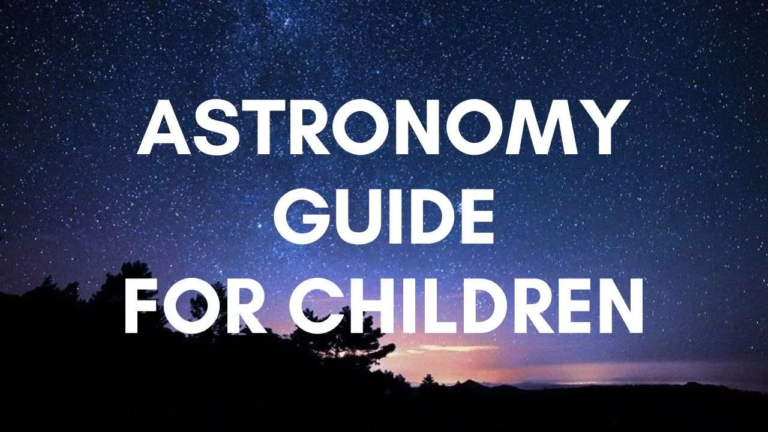
The Sun is our closest star, and it plays a crucial role in supporting life on Earth. Let’s take a fun and educational journey to discover more about this fascinating giant ball of fire in the sky!

1. The Sun is Huge!
The Sun is enormous — so big that you could fit about 1.3 million Earths inside of it! It has a diameter of about 1.4 million kilometers (870,000 miles), making it 109 times wider than Earth. If you ever feel small, just remember how much bigger the Sun is than our entire planet.
2. It’s Made of Hot Gas
The Sun isn’t a solid object like Earth. Instead, it’s made of hot gases, primarily hydrogen (about 75%) and helium (about 24%). These gases are constantly moving and mixing around, creating an incredible amount of heat and energy. In fact, the Sun’s core is so hot that temperatures can reach up to 15 million degrees Celsius (27 million degrees Fahrenheit)!
3. The Sun is Super Hot, But It’s Also Very Far Away
Even though the Sun is extremely hot, it’s about 93 million miles (150 million kilometers) away from Earth. This distance is so great that sunlight takes around 8 minutes and 20 seconds to travel from the Sun to our planet. That means when you see the Sun, you’re looking at light that left it over 8 minutes ago!
4. The Sun Helps Plants Grow
The energy from the Sun powers photosynthesis, the process that allows plants to make their own food. Without sunlight, plants wouldn’t be able to survive, and life on Earth would look very different. Trees, flowers, and crops all need sunlight to grow and stay healthy!
5. The Sun Has a Strong Magnetic Field
The Sun has a powerful magnetic field, much stronger than Earth’s. This magnetic field causes solar flares and coronal mass ejections (CMEs) — bursts of energy that can affect space weather. Sometimes, these can cause beautiful phenomena like the Northern Lights (aurora borealis) here on Earth!
6. The Sun is Middle-Aged
The Sun is about 4.6 billion years old. It’s considered to be in the “middle” of its life cycle. In about 5 billion years, it will run out of fuel, and it will change into a red giant, swallowing up Mercury, Venus, and possibly Earth! Don’t worry, though — that’s way far off in the future!
7. The Sun is Always Moving
While it may seem like the Sun stays still in the sky, it’s actually moving through the Milky Way galaxy! The Sun orbits the center of the galaxy at a speed of about 828,000 km/h (514,000 mph). It takes the Sun around 230 million years to complete one orbit — that’s called a galactic year!
8. Solar Energy Powers Our World
Humans are constantly finding ways to use the Sun’s energy. Solar panels, which are made of special materials, capture sunlight and turn it into electricity to power homes, schools, and even cars. It’s an amazing way to use nature’s energy!
Conclusion
The Sun is much more than just a bright light in the sky. It’s an essential part of life on Earth, affecting everything from the weather to the growth of plants. By learning more about the Sun, we can appreciate how it helps our planet thrive and continue to explore how we can use its power to improve our world.
References
- NASA (2023). The Sun: Facts and Information. Retrieved from NASA.gov
- National Geographic Kids (2022). The Sun: A Star That Lights Our Day. National Geographic Kids.
- Hawking, S. (1988). A Brief History of Time. Bantam Books.




